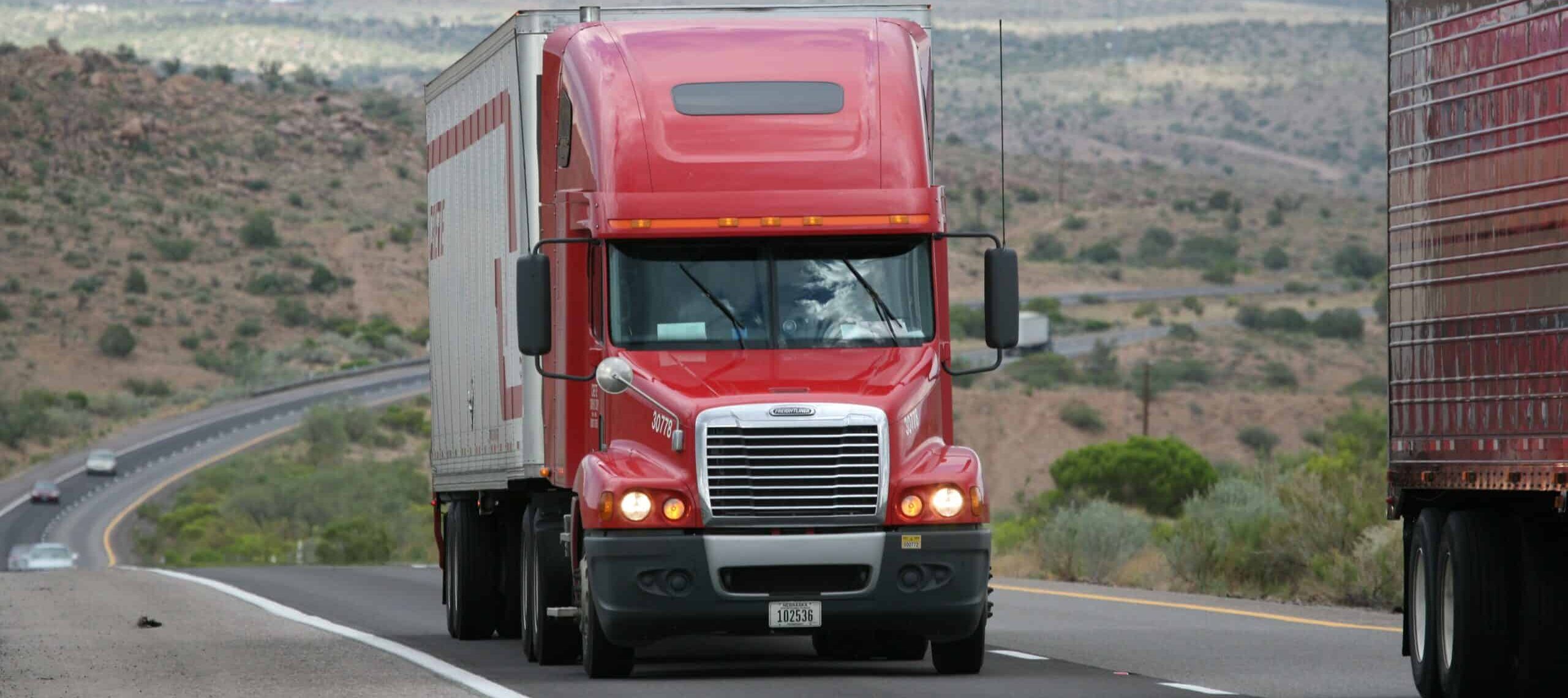Transparency and visibility are essential in today’s supply chain. Customers expect tracking numbers and status updates for their orders. Meanwhile, carriers rely on telematics tracking for operational efficiency. With freight tracking and logistics data, it’s easier than ever to pinpoint the exact location of a shipment and track key performance indicators (KPIs). Learn more about essential logistics tracking tools and how it can benefit your business.
What is logistics tracking?
Logistics tracking encompasses a wide range of solutions that provide insights into the transportation and logistics process. Today’s customers expect on-time deliveries and accurate tracking tools to update them on their order status. However, tracking information can benefit everyone in the shipping process.
With logistics tracking tools, carriers, drivers and brokers gain important insights into their operations. The data these tools provide includes KPIs such as on-time rates and transportation costs. This transparency makes it easier to elevate customer service, reduce costs, improve inventory management and save time.
How to track essential logistics
Ways to monitor logistics movements include driver monitoring apps, integrating telematics and electronic logging device (ELD) devices in trucks, and using dispatch for up-to-date location information.
Available tracking apps
Driver monitoring apps are a popular logistics monitoring solution. Truck drivers download these mobile applications to their Android or Apple device, which send GPS data to employers or an approved broker for cargo tracking.
Many of these apps include resources like load boards, truck stop search functionality and route optimization capabilities.
Integrating telematics and ELD devices
Another method for tracking logistics is by integrating telematics and ELDs. Unlike tracking apps, no driver participation is required with these devices since they’re installed directly into the truck. These real-time fleet tracking solutions offer load visibility by sending location and performance data throughout transit. They also can provide diagnostic vehicle information, simplify bookkeeping and track driver behavior.
Updated locations through dispatch
The final method is tapping into your transportation management system (TMS) or dispatch system. Whether through automated means or traditional check-in calls, fleet managers need to know each of their trucks’ locations. Dispatch is an excellent resource for logistics tracking data.
Metrics needed for logistics tracking
Effective supply chain management relies on tracking KPIs, including average delivery times, transportation costs, order fulfillment accuracy and warehouse capacity.
Average delivery times
Every logistics company should monitor its on-time delivery rate. Customers expect to receive loads on or before their shipment tracking ETAs, and this key metric directly impacts customer satisfaction and loyalty. By monitoring average delivery times, you can respond quickly to problems causing late deliveries and protect your company’s reputation.
Average transportation costs
The end-to-end price of shipping an order is its transportation cost. This KPI encompasses everything from order processing, warehousing, administration and transportation expenses. By understanding average transportation costs, you can optimize your logistics processes to save time and money.
Order fulfillment accuracy
Tracking the speed and accuracy of your order-picking process is crucial for optimizing your warehouse operations. While lost or damaged goods are an occasional inevitability, monitoring accuracy as part of logistics tracking helps reduce the risk.
Warehouse capacity
Monitoring inventory is vital for ensuring just-in-time deliveries and optimizing supply chain operations. Warehouse space is expensive, and having too much inventory on hand can hurt your bottom line. However, not having enough of the right inventory in stock can delay shipping or lead to lost sales. With monitoring tools, you can better manage your capacity.
Benefits of logistics tracking
Logistics tracking benefits everyone in the transportation chain, including brokers, truckers and freight companies.
Brokers
Logistics tracking helps brokers improve operational efficiency, increase load visibility, and reduce check-in calls. Brokers rely on a network of independent drivers, which can complicate tracking. An effective solution offers automated load tracking with real-time location updates to ensure on-time deliveries and driver compliance.
Truckers
Truck drivers and owner-operators benefit from logistics tracking in several ways. For example, monitoring movements with GPS integration can help reduce or eliminate check-in calls and record a driver’s location history. Automated data tracking also helps drivers meet regulatory obligations, such as the ELD mandate and quarterly fuel tax filings.
Freight companies
Movement monitoring is essential for effective trucking company management. Precise location data for each truck helps fleet managers respond to problems instantly and provide accurate ETAs to customers.
KPIs like on-time delivery rates and shipping cost per mile enable companies to identify areas for improvement. By optimizing these metrics, fleet managers can improve customer relations and reduce costs.
Logistics tracking for freight
Whether you’re a fleet manager, broker or owner-operator truck driver, you can improve your business by monitoring logistics. Up-to-the-minute load tracking provides the accurate ETAs and route information customers now expect. Meanwhile, KPI data can provide insights to help you optimize your operations.
FAQ
A freight tracking system enables you to see shipment locations in real-time, typically with a tracking number.
Logistics tracking helps improve the customer experience and offers assurance that orders are on the way.
GPS tracking is just one part of telematics. A telematics system uses GPS and engine data to improve transparency and operations.
We are excited to announce the launch of move.freightwaves.com, a revolutionary resource designed to transform how consumers choose auto-shipping companies. Check it out today!



